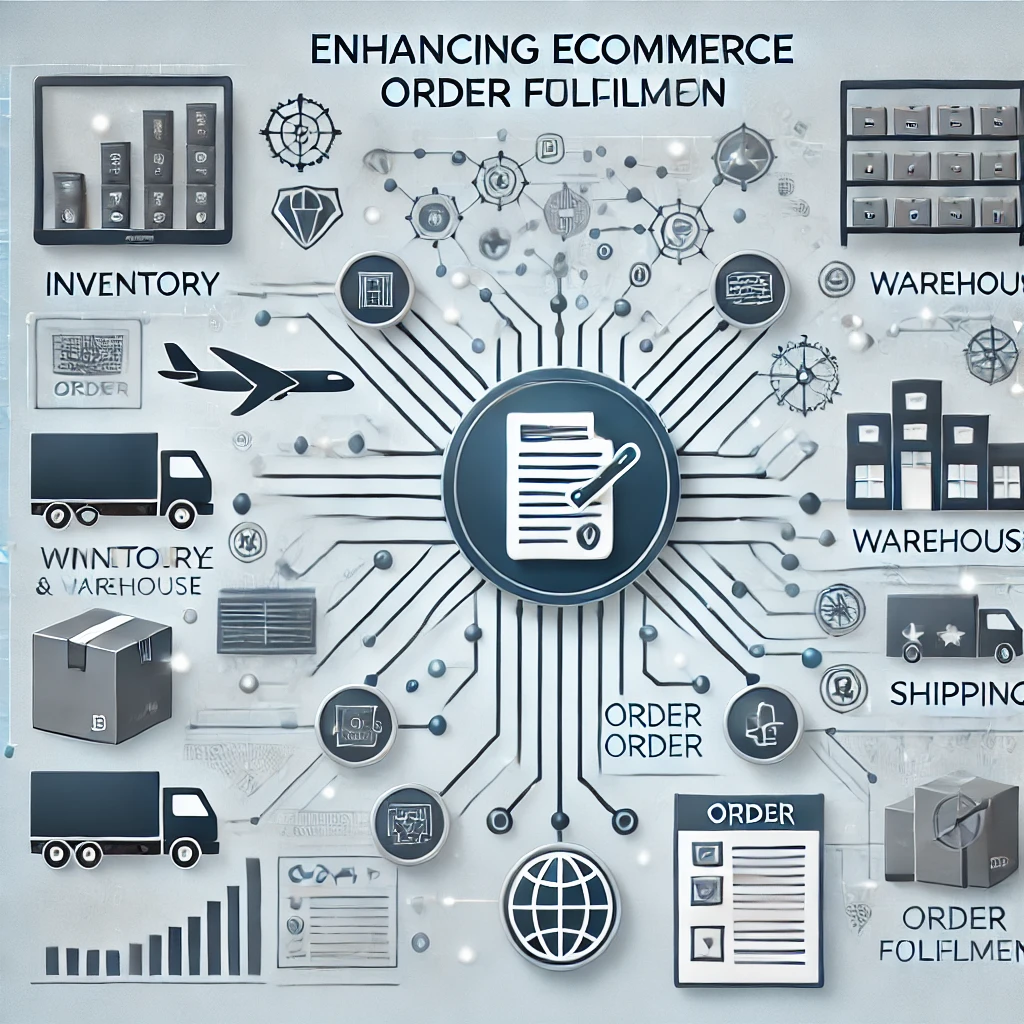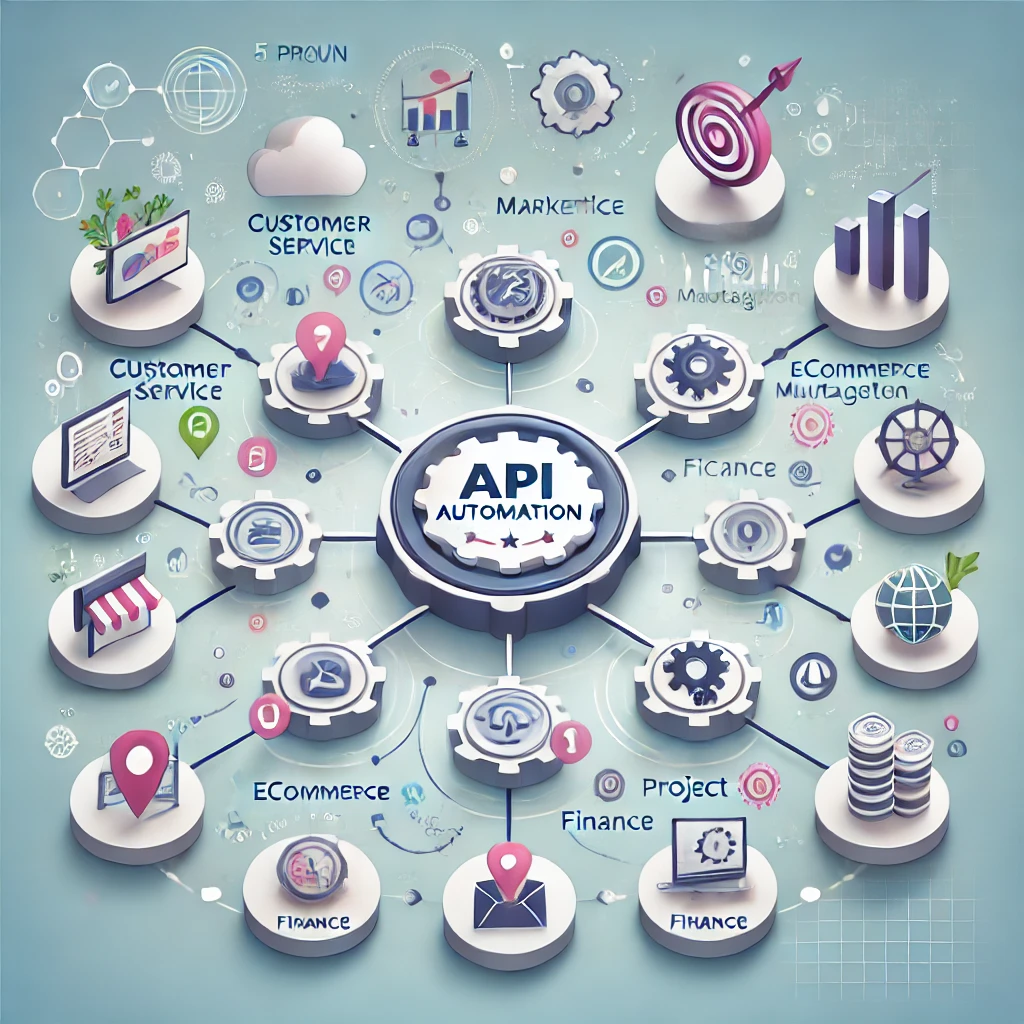API automation strategies are transforming the way businesses operate, allowing them to scale, streamline processes, and improve overall efficiency. In today’s competitive landscape, leveraging APIs to automate tasks can save time, reduce errors, and enhance productivity across all areas of a business. By implementing these strategies, companies can grow faster and stay ahead of the curve. This article explores five powerful API automation strategies to help your business achieve sustainable growth.
Table of Contents
Improving Customer Experience with Automated Support Systems
Customer experience is a critical factor in business growth, and API automation strategies are making it easier to deliver high-quality support. Automating support tasks, from handling queries to creating tickets, allows companies to respond faster and more effectively. By integrating APIs between your CRM system and support platforms like Zendesk or Freshdesk, you can create a seamless support experience that enhances customer satisfaction.
Practical Example: A retail company implemented an API automation strategy to connect its CRM and support ticketing system. Whenever a customer reached out via email or chat, the API instantly generated a support ticket and populated it with the customer’s data from the CRM. This reduced manual entry, minimized response times, and ensured that support agents had all relevant information at their fingertips.
This approach allows companies to improve the speed and quality of support, which can lead to higher customer retention rates and increased brand loyalty. With API automation, support teams can work more efficiently, freeing up time to focus on complex issues and proactive support strategies.

Streamlining Marketing Campaigns with CRM Integration
Effective marketing relies on precise timing and targeting, and API automation strategies are key to making campaigns more efficient. Integrating your CRM with marketing automation tools like HubSpot, Marketo, or Mailchimp can automate audience segmentation, optimize message delivery, and keep your marketing efforts aligned with customer behavior in real time.
Practical Example: A travel company used an API automation strategy to connect its CRM with Mailchimp. When users browsed specific destinations or packages, the API automatically updated their profile in the CRM and triggered targeted email campaigns. For example, if a user frequently viewed beach destinations, the CRM would trigger personalized emails featuring special beach vacation offers. This strategy increased email open rates by 20% and improved conversions by 15%, as customers received highly relevant, personalized content.
By streamlining marketing workflows with API automation, companies can engage with customers more effectively, leading to increased conversions and a better overall customer experience. This approach saves valuable time for marketing teams, enabling them to focus on strategic content and creative campaigns rather than manual data management.

Enhancing eCommerce Order Fulfillment
In the eCommerce industry, quick and accurate order fulfillment is essential for customer satisfaction. API automation strategies can simplify the order fulfillment process by connecting your eCommerce platform (like Shopify or WooCommerce) with inventory, logistics, and shipping providers. This creates a seamless process from order placement to delivery, enhancing efficiency and reducing the risk of errors.
Practical Example: An online store implemented an API integration that connected its Shopify platform to multiple warehouses and shipping providers. When a customer placed an order, the API would automatically check inventory across warehouses, generate a packing slip, and schedule a pickup with the closest shipping provider. This reduced order fulfillment time by 30%, allowing the store to process more orders without needing additional staff.
Using API automation in eCommerce enables businesses to keep up with higher volumes, especially during peak seasons, and maintain customer satisfaction by ensuring prompt, accurate deliveries. With streamlined workflows, companies can focus on scaling their operations and improving customer loyalty.

Automating Financial Operations for Better Accuracy
Financial processes, especially invoicing, can be prone to errors and delays. API automation strategies offer a solution by connecting ERP systems with accounting software, ensuring that data flows seamlessly from one platform to another. This automation reduces manual work and improves the accuracy of financial records, helping companies maintain a steady cash flow and make better financial decisions.
Practical Example: A consulting firm integrated its ERP system with QuickBooks through an API. Every time a project milestone was reached, the ERP system triggered an invoice in QuickBooks, eliminating the need for manual data entry. This API automation strategy reduced invoicing time by 40%, allowing the finance team to focus on analysis and forecasting rather than routine tasks.
Automating financial tasks can significantly improve cash flow management, reduce errors, and save time. Companies benefit from real-time updates and a clearer view of their financial health, enabling them to respond proactively to financial challenges.

Improving Project Management and Team Collaboration
Efficient project management is essential for any growing business, and API automation strategies make it easier to coordinate teams and keep projects on track. By connecting project management tools like Asana, Trello, or Monday.com with communication platforms like Slack, APIs facilitate real-time updates and notifications, keeping everyone in the loop without manual intervention.
Practical Example: A software development company connected its project management tool, Asana, with Slack through an API. Whenever a task’s status changed, the API automatically sent a notification to a specific Slack channel, ensuring that the team was instantly aware of any updates. This automation helped the team stay aligned and reduced the risk of missed deadlines.
This API-driven approach enhances productivity by minimizing the need for constant check-ins and manual updates. It empowers teams to focus on their tasks rather than administrative coordination, leading to a more efficient and collaborative work environment.

Maximizing Business Growth with API Automation
API automation strategies are game-changers for businesses looking to grow quickly and efficiently. By implementing automation in key areas like customer support, marketing, order fulfillment, finance, and project management, companies can improve operational efficiency, enhance customer satisfaction, and drive growth. Leveraging APIs to automate tasks doesn’t just save time—it also creates a strong foundation for scaling your business sustainably.
For more insights into leveraging automation for growth, check out our blog, Task Automation That Transforms: 3 Smart API Ideas to Save Time and Stay Organized. Here, we share actionable strategies to help businesses implement effective API automation tailored to their unique needs.


One Comment